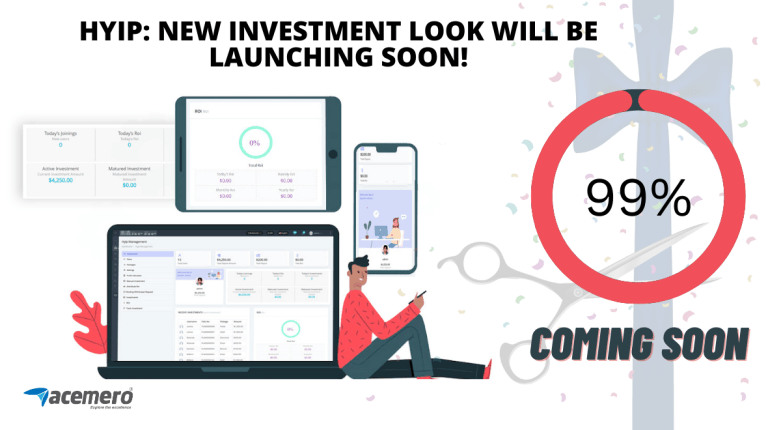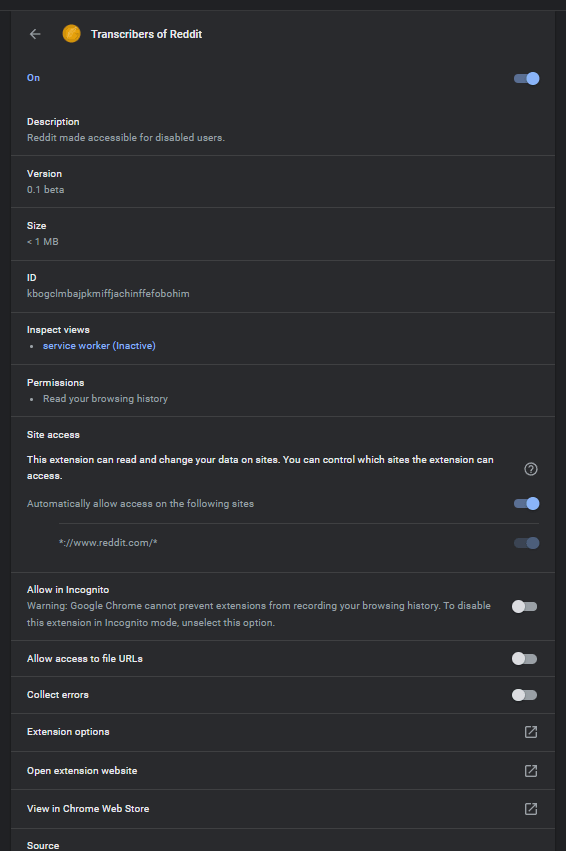
Look what’s happening in the industry that changes other industries
Cloud technologies are utilized in the telecommunications industry to foster innovation, solve for business challenges, and address customer needs.
getty
Telecommunications is perhaps the greatest engine of world economic growth. For almost 200 years, from telegraphs at the dawn of the Industrial Revolution, to today’s mobile apps, video, and data services, telcos power business. It’s easy to see why: communications service providers (CSPs), as they are known today, connect people and their inventions, enabling new markets and new innovations.
That is why we are so excited by what is happening today with some of the world’s largest CSPs, and how cloud providers like Google can help them transform. It’s not simply that CSPs are transitioning their hardware and software in critical ways, but also they are transforming themselves to deliver unique, customer-centric experiences that your business can take advantage of. By adopting key elements of cloud computing, they are changing the way people work, what kind of services and capabilities they will offer, and how they may work with you, their customers, better.
Emphasizing cloud technologies
Table of Contents
Take the 10-year alliance that we announced earlier this year with Canada’s TELUS. This agreement is designed to spur innovation in industries like healthcare and agriculture, while delivering a higher-performing network and a smaller carbon footprint. Or the work we’re doing with AT&T to deliver high-speed edge solutions to the manufacturing, retail, and transportation industries. Or our partnership with Spain’s Telefónica to deliver new services to business and consumers.
When CSPs change, it affects people in ways that are profound and often hard to initially understand. Think of what undersea fiber optics did for globalization, or how mobile data transformed commerce, creating new businesses like ridesharing, mobile gaming, or real-time field maintenance. Imagine the impact we’ll see as CSPs offer customers artificial intelligence, virtual networks everywhere, augmented reality, robotics-as-a-service, or high-bandwidth connectivity across multiple points on the planet at the click of a button. Think what this could mean for CSPs’ customers in manufacturing, retail, healthcare, transportation, media, and many other sectors.
These are just a few of the new CSP attributes we at Google Cloud are working on with our partners. They are the product of several dramatic developments, including the trend to leverage Google’s global network; the virtualization of telecommunications software (a durable but slow to change infrastructure) into highly reliable and automated software-defined networks; and the transformation of networks into data-rich and responsive analytics hubs.
Refocusing business initiatives
For CSPs, the opportunity is to refocus on their three most valuable assets: their customer relationships, their wireless spectrum, and their reliability. A cloud-based network makes upgrades faster, and allows a carrier to instantly add capacity and provision services in both hyperlocal and transnational ways. This happens automatically, so engineers can focus on higher-value activities. A “smart edge,” working in the high-bandwidth, low-latency environment of the new 5G spectrum, makes it possible to instantly analyze problems and deploy solutions quickly with less latency overall. And when more data moves faster, machine learning or robotics solutions can be created and deployed in more places.
CSPs can use Google Cloud innovations like Anthos, a multicloud solution based in open-source software, to create a network operating system that offers greater visibility, security, and network functionality. The data and capabilities of not just one cloud, but anywhere a CSP connects to, can be brought into service for you—the customer. Industry data—like customer data—remains the property of its owner, but in a format that allows them access to all sources, at all times. Vendor lock-in is avoided.
Make no mistake, these are not harbingers of an overnight transformation of the industry. Like many big tech changes, the full effects have been in process for some time, and may not be seen for another decade. The dramatic changes we’re seeing so far are more like markers of how big the long-run effects will be. Even at the start, it’s clear that this latest transformation of the network will enable many CSP customers to drive their own digital transformations, turning more of their business into a data rich, flexible, and intelligent service.
Once freed of the capital and attention requirements of running large and inflexible infrastructure, the center of a business shifts from the network itself to the customer. Thus, instead of always focusing and adapting to a single, inflexible core, the “center” of the business becomes portable to the needs of the business and its customers.
It also means an important change in the way big CSPs operate. Once freed of the capital and attention requirements of running large and inflexible infrastructure, the center of a business shifts from the network itself to the customer. Thus, instead of always focusing and adapting to a single, inflexible core, the “center” of the business becomes portable to the needs of the business and its customers. In some cases, the CSP can be a viable entity within a complex partnership, or as a single-access provider, depending on the business opportunity. That means a network in service of business needs, and a lot more flexibility in where the business can go next.
Benefiting individual consumers and enterprises
As leaders driving the telecom industry team at Google Cloud, we are making networks more accessible, more programmable, and more open so a rich ecosystem can continue to evolve for the benefit of individual consumers and enterprises. We have seen great innovation with Android and we are partnering with CSPs and ISVs around the globe to ensure positive outcomes. Google Cloud works with more than 200 partner applications on edge services alone, a sign of the opportunity we see ahead. Like any good opportunity, it comes with urgency, as capital needs, business models, and customer challenges are all moving fast.
The big changes that happen in CSPs have an outsized effect on the rest of the economy. The changes of bringing things like cloud technology, data analytics, open-source software, and software-defined networking to telecommunications are without parallel. The most exciting part of all—what customers do with all of these new innovations—promises much for everyone’s future.
Read this next: Download our new report from Analysys Mason to learn more about how you can leverage specific cloud-based solutions to solve three key data management and analytics challenges in telecommunications.







